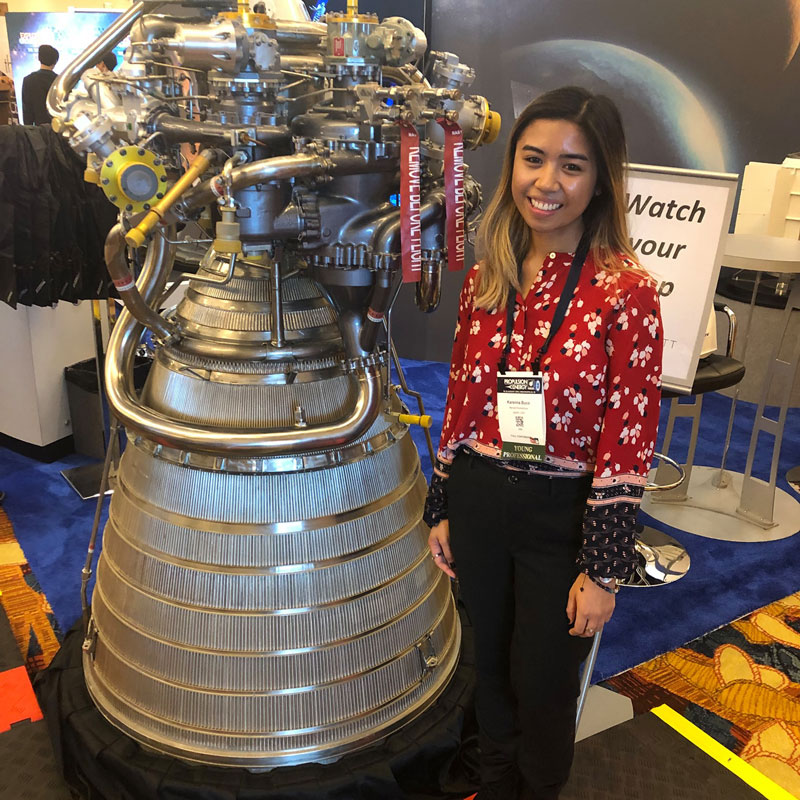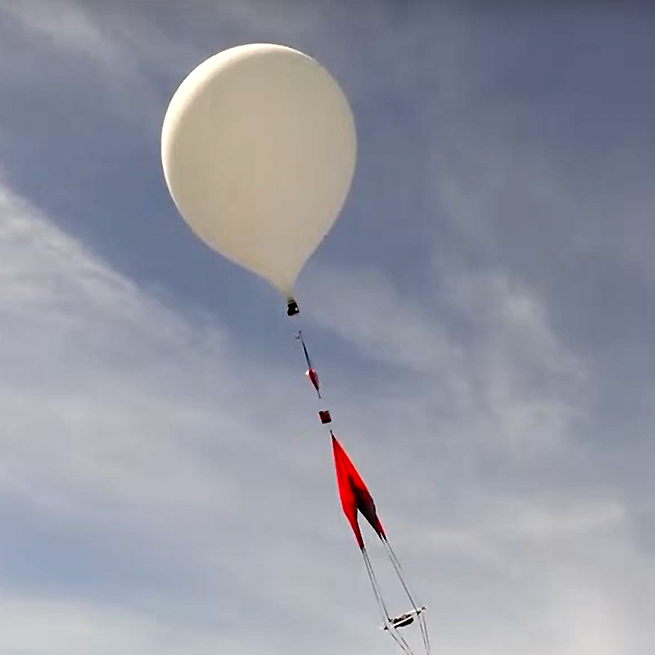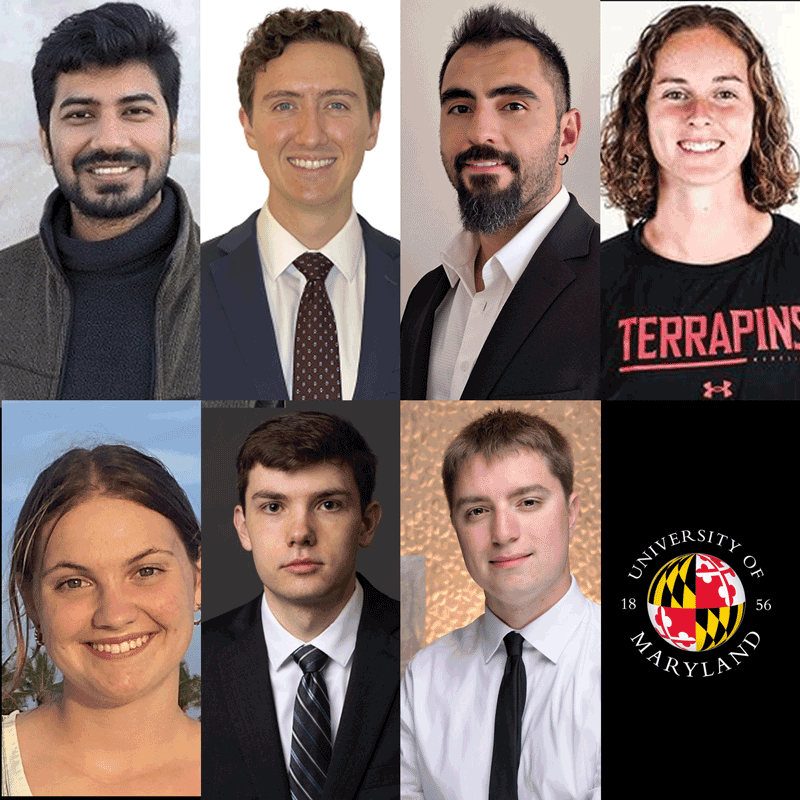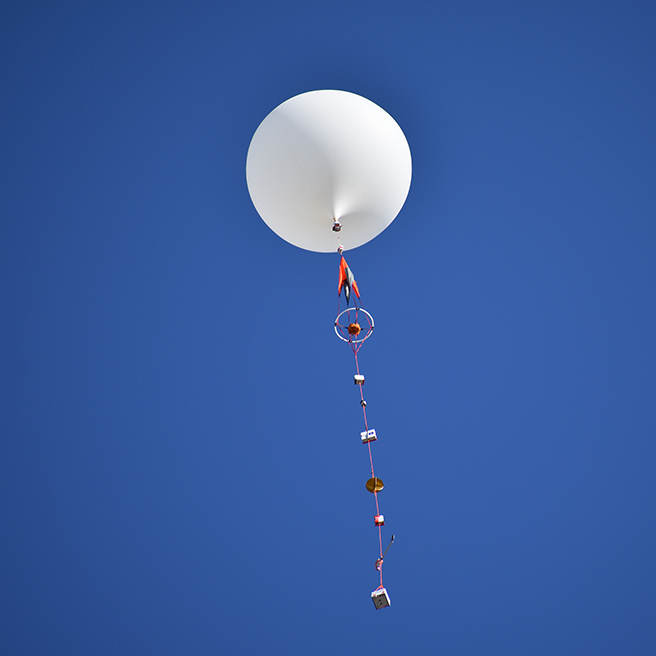News Story
NASA Taps University of Maryland and Six Partner Institutions To Form New National Institute of Aerospace
The University of Maryland together with six other institutions will form the nation's first National Institute of Aerospace.
NASA recently announced that it is was awarding a contract for the new institute to the National Institute of Aerospace Associates (NIAA), a non-profit corporation formed by the University of Maryland, the University of Virginia, Virginia Polytechnic Institute and State University, North Carolina State University, North Carolina Agricultural and Technical State University, Georgia Institute of Technology and the American Institute of Aeronautics and Astronautics Foundation. The central campus of the new institute will be in Hampton, Va., adjacent to and closely associated with NASA's Langley Research Center.
According to NASA, the new National Institute of Aerospace (NIA) will conduct cutting-edge aerospace and atmospheric research, develop new technologies for the nation and help to educate and inspire future generations of engineers and scientists. Created through an innovative government-academic partnership, the aerospace institute will offer masters' and doctoral degrees in science and engineering using local campuses and the latest innovations in distance learning. Students who enroll in an NIA graduate program will be sharing in the best expertise from all the participating institutions. For example, Maryland's widely regarded expertise in launch and re-entry vehicle technology; aerodynamics, aero-thermodynamics and acoustics; structures and materials; and atmospheric science will be available to students at all NIA institutions.
"Our involvement in the establishment of this new national aerospace institute, together with our earlier selection by NASA to lead a University Research, Engineering and Technology Institute that will develop third generation reusable launch vehicles, testifies to the strength, quality and national recognition of our programs in aerospace engineering and affiliated fields," said Nariman Farvardin, dean of the A James Clark School of Engineering.
Maryland and the other NIA universities will each generate classes that form part of the NIA graduate curriculum. Each institution will provide one NIA research professor, liaison professors and other faculty. NIA research professors will be new tenured faculty hired under the NIA program, who will split research and teaching time between NIA's central campus (NASA Langley) and their own campus.
Liaison faculty members will be current faculty who will conduct NIA research and teach NIA classes, primarily at their home campus, but also at the NIA central campus. NIA coursework also will be taught by other faculty at each institution.
NIA classes at any one campus will be available to NIA graduate students at other campuses via videoconferencing. Some NIA students will have the opportunity to divide time between their home campus and the NIA central campus. Students will receive degrees from their home campus.
"The NIA is a major new research and educational asset for the nation," said William Destler, senior vice president for academic affairs and provost at the University of Maryland. "And our participation is yet another example of the Clark School's ability to team with and compete against the best engineering programs in the country for vital new research initiatives and centers."
According to NASA, the NIA's innovative government-academic partnership is being created through a cost reimbursable contract and a cooperative agreement. The maximum value of the contract for a five-year base period is $49 million. The value of the basic five-year cooperative agreement is $69 million. If options for three additional five year periods are exercised under the cooperative agreement, the combined potential total value would be $379 million over 20 years.
Read the NASA press release. (PDF)
Published October 10, 2002









